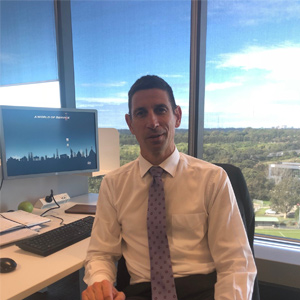THANK YOU FOR SUBSCRIBING

Financial Crime Compliance: AI use for Non-Financial Risks
Celia Pizzi, Chief Compliance Officer, Travelex Bank


Celia Pizzi, Chief Compliance Officer, Travelex Bank
The use of Artificial Intelligence (AI) for non-financial risk monitoring, such as Regulatory Compliance, Anti Money Laundering (AML), Anti-Corruption (ABC), has been a continuously improving process in Latin America and, I dare say to the world. AI, in my opinion, is the way to do it better and with accuracy, with no cost increase.
Tools for the Financial Crime Compliance (FCC) sector used to be seen as an additional cost that did not add value. However, that is clearly untrue. AI allows businesses to scale at speed, taking on a huge amount of new business without scaling up the compliance team. Once with AI support, it is possible to monitor vast quantities of transactions, clients, suppliers, payments, reducing the noise, and false positives.
When a company thinks of using AI solutions for monitoring financial crime, it means that they will stop using binary rules anymore and turn to using scenarios that combine many factors to understand a specific behavior.
AI’s ability to process vast data sets at a scale no human can do and to identify patterns and outliers which people cannot see, it creates efficiencies (removing false positives) and more effective outcomes (finds more actual instances of financial crime), move away from a rules-based system which is highly ineffective and inaccurate - removes false positives, reliance on historical information and knowledge, static system, and bias.
Ongoing monitoring of clients and transactions is probably the most important part of a financial crime compliance program, so the tooling you use is vital. Do not bundle transaction monitoring and screening with other tasks as part of one giant compliance platform. They are vital components of a financial crime program, and you want dedicated state-of-the-art tools.
It can be deployed to tackle new products and business areas, allowing companies to expand their range of services and products and feel safe that they´re not taking on unexpected new risks in the process.
“AI allows businesses to scale at speed, taking on a huge amount of new business without scaling up the compliance team. Once with AI support, it is possible to monitor vast quantities of transactions, clients, suppliers, payments, reducing the noise, and false positives.”
AI can be intimidating. Financial crime professionals are rarely AI or data specialists and may struggle with technological concepts or understanding how AI works. They are also busy people who cannot devote much time to assimilating very complex new topics, but it is a kind of investment that we need to believe in and put efforts into moving toward this technology.
Another important question that always comes together is about the acceptance of the use of AI by regulators.
Actually, there is plenty of support for the greater use of technology and the use of AI in compliance. Financial Action Task Force (FATF) has indicated they are supportive, and many regulators who have commented on it have also indicated they think it can be a very powerful tool with major benefits. Of course, it is still new territory, but overall, I do not believe regulators are resistant or too conservative regarding AI solutions. An important point here is the obtained results’ explainability. It is important for AI users to be able to explain how a tool works - at the appropriate level of detail for a regulator or business partner. An AI tool cannot be a black box that generates outputs no one can understand, challenge, or assess. Therefore, this is the best way we have nowadays to work on preventing financial crimes.












